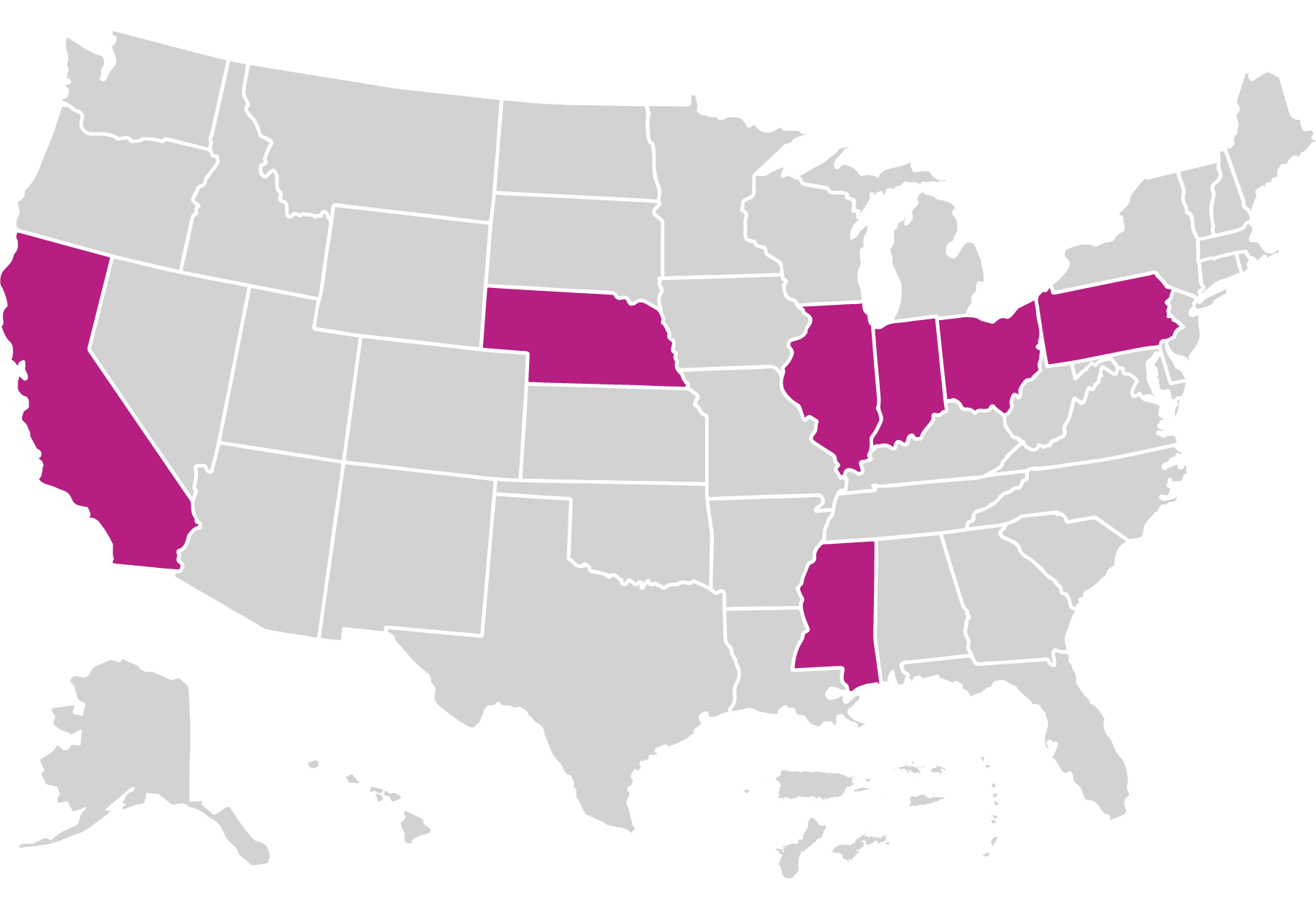Baby TALK
Baby TALK (Teaching Activities for Learning and Knowledge) is a family support model that provides a framework for community-based systems building and interventions. Baby TALK strives to positively impact child development and nurture healthy parent-child relationships during the critical early years. Home visitors build strong relationships with participants and create support systems to promote healthy attachment, encourage parental feelings of competence, reduce parental stress, promote child development, promote protective factors and resilience, and support positive family and child outcomes.
What is the model’s approach to providing home visiting services?
Home visits take place at least twice per month. Families with multiple risk factors may receive weekly visits. Services are provided prenatally until the child is 5 years old. Baby TALK recommends families initiate services prenatally, though families may enroll at any age prior to 5 years old.
Baby TALK serves all families with young children. Program funding sources may define a specific service population.
Who is implementing the model?
Home Visitors
Baby TALK was implemented by 393 home visitors in 2020. The model requires a bachelor’s degree and Baby TALK certification for home visitors. The maximum caseload requirement for home visitors is 24 families, but caseloads may vary depending on families’ needs.
Supervisors
Baby TALK was implemented by 118 supervisors in 2020. The model requires a minimum of a bachelor’s degree and 5 years of experience working with young children and families for supervisors.
Where is the model implemented?
Baby TALK operated in 77 local agencies across 7 states and the District of Columbia in 2020.

Families Served Through Home Visiting in 2020
Race
9% American Indian/Alaska Native
4% Asian
16% Black
<1% Native Hawaiian/Pacific Islander
61% White
5% Multiple
5% Another race
Caregiver age
12% ≤21 years
40% 22-29 years
43% 30-44 years
5% ≥45 years
Caregiver education
24% No HS diploma
37% HS diploma or GED
27% Some college or training
12% Bachelor's degree or higher
Ethnicity
27% Hispanic or Latino
73% Not Hispanic or Latino
Child age
29% <1 year
32% 1-2 years
39% 3-5 years
Primary language
71% English
22% Spanish
7% Another language
Child insurance status
78% Public
19% Private
3% None
